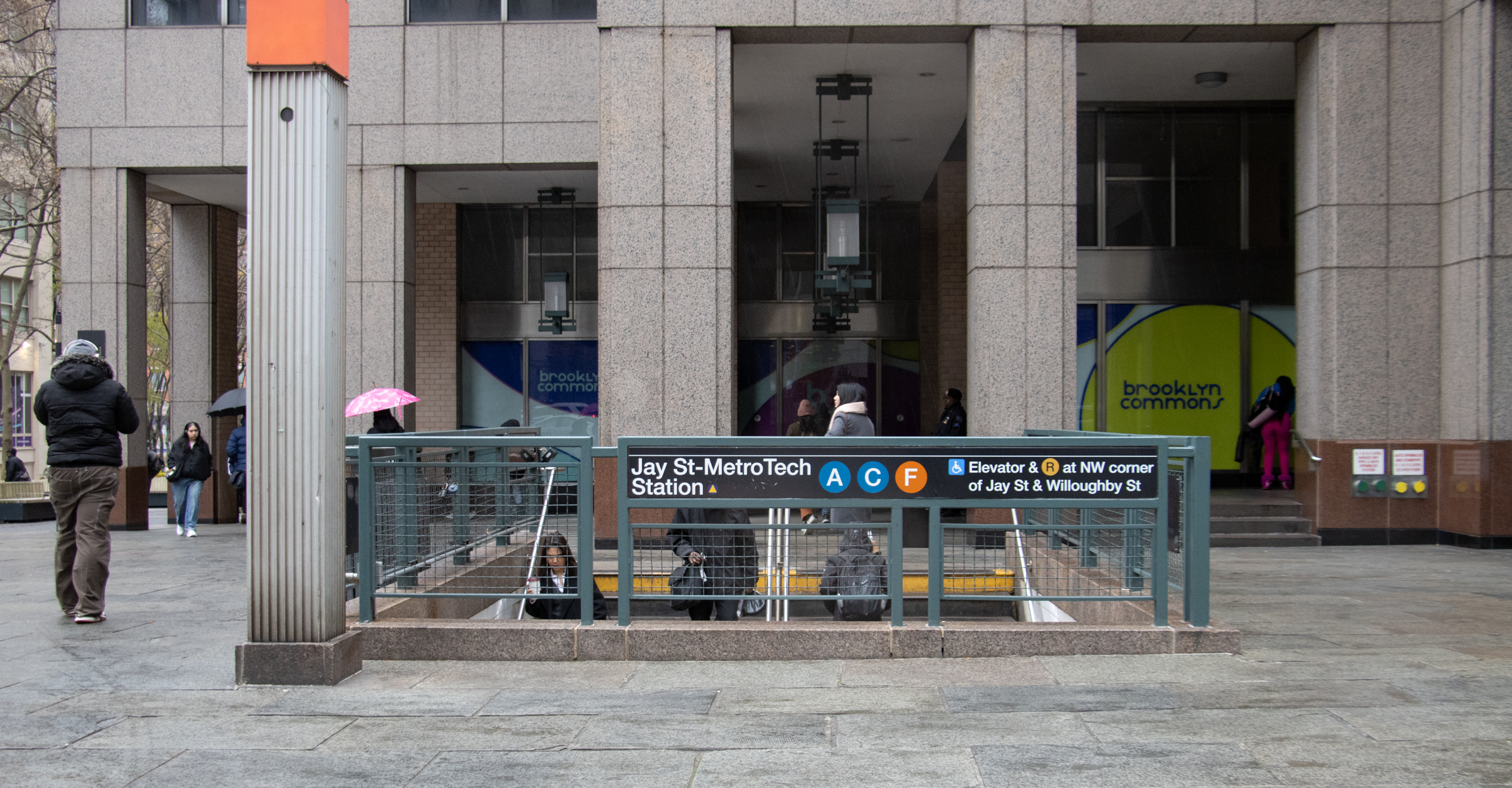Walkabout: Historic Green-Wood, Part 2
Read Part 1 of this story. Before there was a Green-Wood Cemetery, there was the land. The area we now call Greenwood Heights, including Green-Wood, is filled with hills, valleys, and streams due to the deposits of the glacier that scraped its way to the sea, creating Long Island seventeen thousand years ago. It left…


Read Part 1 of this story.
Before there was a Green-Wood Cemetery, there was the land. The area we now call Greenwood Heights, including Green-Wood, is filled with hills, valleys, and streams due to the deposits of the glacier that scraped its way to the sea, creating Long Island seventeen thousand years ago.
It left behind some significant hills, along the glacial moraine, including what is called Battle Pass, Prospect Hill, and smaller hills stretching from Greenwood Heights over to Crown Heights.
As Dutch, and then English settlers moved into the area, some of the hills and valleys became farmland, with marshy bogs in what is now parts of Prospect Park and Gowanus, while most of the area remained virgin wooded forest. This was to be the site of the first major battle of the Revolutionary War, the Battle of Brooklyn, in August of 1776.

The battle was fought from Brooklyn Heights to Gowanus, to Greenwood Heights and Park Slope, with the bloodiest conflict taking place in the fields, marches and hills near the tallest elevation in Brooklyn, Battle Hill, which is now in Green-Wood Cemetery.
George Washington’s outnumbered and poorly trained troops didn’t stand a chance against the superior numbers and might of the British and Hessian soldiers, many lives were lost, many prisoners taken, and in the end, Washington was forced to retreat across the river to Manhattan, and then away to safety.
The military strategy, evacuation of the troops, and the entire battle is a great story that will be visited at another time, but suffice it to say that this battle, often called the Battle of Long Island, was one of the most important moments of the Revolutionary War, and it took place right here.

In 1920, Charles M. Higgins, an Irish immigrant, local history buff, and successful ink merchant, built a memorial altar to commemorate the history and significance of this battle. He topped the altar with a statue of the Roman goddess of wisdom and war, Minerva.
It was not an accident that she is depicted with her arm in salute to the Statue of Liberty in the harbor, in a direct line of sight. As we all know, there was quite a fight to keep that direct line of sight when a developer wanted to build condos directly below the cemetery.
The bronze statue was sculpted by Frederick Wellington Ruckstull, and the plaque beneath it is dedicated to the memory of out first national heroes who fought and fell on this battle ground. Charles Higgins is buried in the large crypt directly behind Minerva.

Green-Wood has always been the last rest for this country’s war dead. There are thousands of Civil War dead interred there, soldiers from both the North and South. In 2002, the famous Civil War Memorial was restored and rededicated to honor those dead.
The Memorial was built in 1869, only four years after the end of the war, and is a large monument to the 148,000 soldiers from New York who fought in that war. The bronze soldiers standing guard depict an engineer, infantryman, cavalryman, and artilleryman.
The cemetery offered free plots for those killed during the Civil War, and set up a special veteran’s section for them. Starting in 2002, the Cemetery’s Civil War Project has identified 3,300 graves as Civil War dead, and has collected as much information as possible on the identities and lives of these men.

Today, reenactors of both wars often gather at the Memorial to honor those dead. Since the Civil War, thousands of veterans of America’s wars have been laid to rest at Green-Wood, but the Civil War dead, because they were interred when this cemetery was still relatively new, have had the most visual impact, and can be found, often with poignant and beautiful headstones and monuments.
The art and architecture of Green-Wood, in the form of the monuments, mausoleums, crypts and headstones were often done by artists and artisans who are forever nameless. In Victorian times, however, it was not unknown or unlikely that an architect would design a crypt, or a monument.
Stanford White, of McKim, Mead and White fame, had a lucrative sideline designing the bases of statues, as well as memorials and tombs. He is responsible for the memorial for David Stewart, a wealthy merchant and businessman.

Richard Upjohn, the architect of the Gothic Revival gates to the cemetery, also designed the holding crypt, in which bodies were stored until they were buried. It is also in brownstone, and lies near the Chapel. There are probably many others, and more research is definitely needed on my part.
Some of our familiar Brooklyn architects live at Green-Wood now. Montrose Morris, a man of immense talent, and probably ego to match, rests under a very subdued and plain headstone. As does George P. Chappell, who designed in the same neighborhoods, and whose buildings face each other in some cases.
Also a plain headstone, but he was not an ostentatious man. Louis Comfort Tiffany is buried here, as is his father, Charles. Also buried in Green-Wood is Henry Ogden Avery, James Bogardus of Soho’s cast iron building fame, Albert Edward Parfitt, the youngest of the Parfitt Brothers, James Renwick, Jr, Mercein Thomas, who was very active in the building of Clinton Hill, Richard Upjohn and Henry Ives Cobb, who designed the Byzantine style First Church of Christ Scientist, one of Crown Heights North’s best churches.

He was also one of the better known proponents of the White Cities Movement. There are probably more, as well. I’m planning on searching for more architects on my next trip to this amazing place. See more photos on Flickr.
I must thank one of Brownstoner’s readers, Cara L, for the burial information above. She has done volunteer work at Green-Wood as a genealogist, and her information, as well as the photos of the Morris and Chappell headstones, are much appreciated. Thanks Cara!
[Photos by Suzanne Spellen]





Well done. Don’t forget Leopold Eidlitz, John McComb, Gamaliel King,John Kellum and Bogardus’s competitor, Daniel Badger.
Another fantastic post MM.
Again, wonderful and informative stuff!